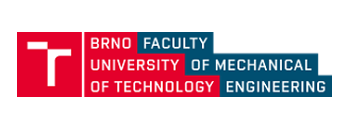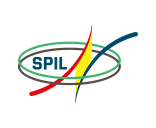


Innovative Wind Turbine Designs: Crossing into the Future
by Wen Tong Chong
ABSTRACT
Wind power is one of the fastest-growing renewable energy technologies which is going to contribute to more than half of the global renewable electricity growth as predicted by the U.S. Energy Information Administration, EIA. Today, the new offshore wind turbine of choice is 8-10 MW while in the year 2000 offshore turbines were in the 1 MW range. In order to have larger capacity factor, the wind turbines should harvest energy efficiently even at low wind speeds and also have a very low down time.
Innovative designs have been introduced to improve the performance of existing vertical axis wind turbines (VAWTs) and horizontal axis wind turbines (HAWTs). Situations such as low wind speed, high turbulence and frequent wind-direction change can reduce the performance of HAWTs. Certain VAWT designs have the ability to operate well in these harsh operating conditions but the efficiency and low self-start ability of VAWTs are always the main drawbacks especially for the lift-type VAWTs. Various flow augmentation systems and attempts have also been made to increase the coefficient of power, hence improving the output power of the small-scale VAWT systems.
Among the wind energy sectors, offshore wind energy has evolved rapidly and is taking shape as a mainstream energy source. Although the HAWTs are most often seen in large-scale wind farms, researchers have shown a growing interest in VAWTs and feel the technology may be well suited to the emerging floating offshore market (due to their numerous benefits like the omni-direction feature, simpler design, low center of gravity with all heavy components sit at the base of turbine, lower platform cost, less wake produced, easier and safer installation and maintenance works). In addition, a new CAWT conceptual design is proposed to be used in harvesting offshore wind power. It was conceptualized to extract wind energy from both the horizontal and vertical directions of the on-coming winds to maximize the wind energy generation. Initial testing showed that the maximum RPM generated by the CAWT is higher than the VAWT under the same experimental conditions together with well-improved starting behavior. The proposed CAWT is able to float on the water surface through its wind-deflector-shroud serving as a floating platform. The CAWT which maintains the configuration of VAWT is more stable compared to the HAWT especially during rough sea profiles in bad weather. The CAWT can be a complementary design to push the limit of wind turbine technology, creating significant opportunities for the use of offshore wind.
